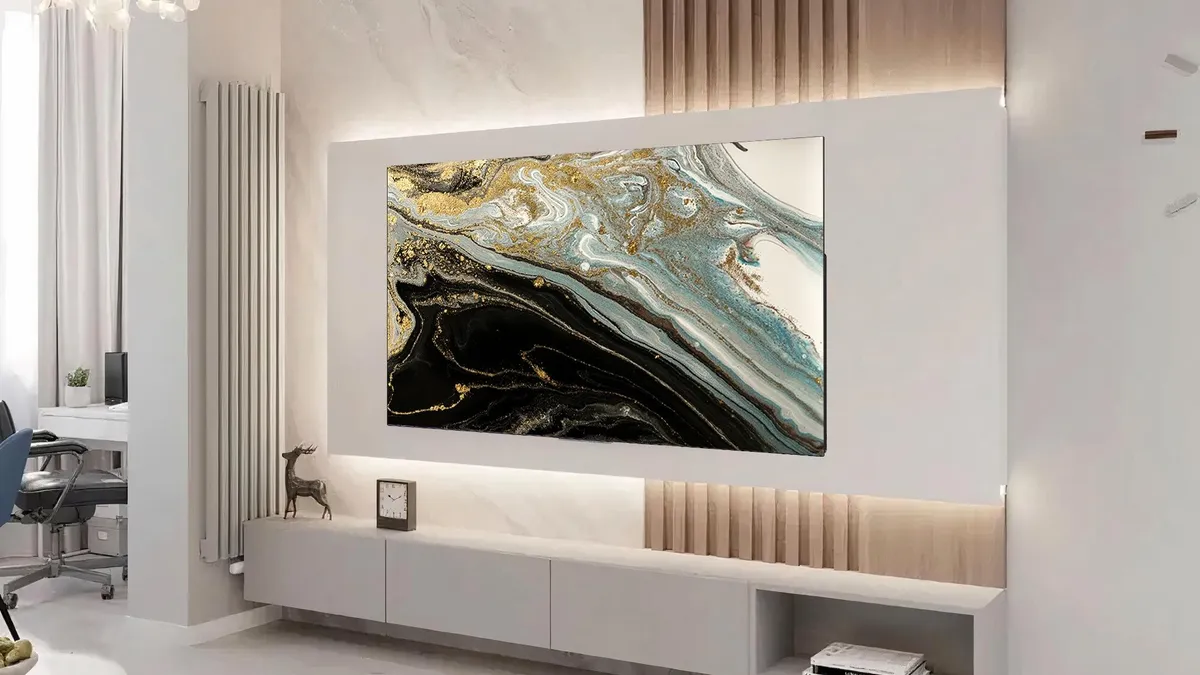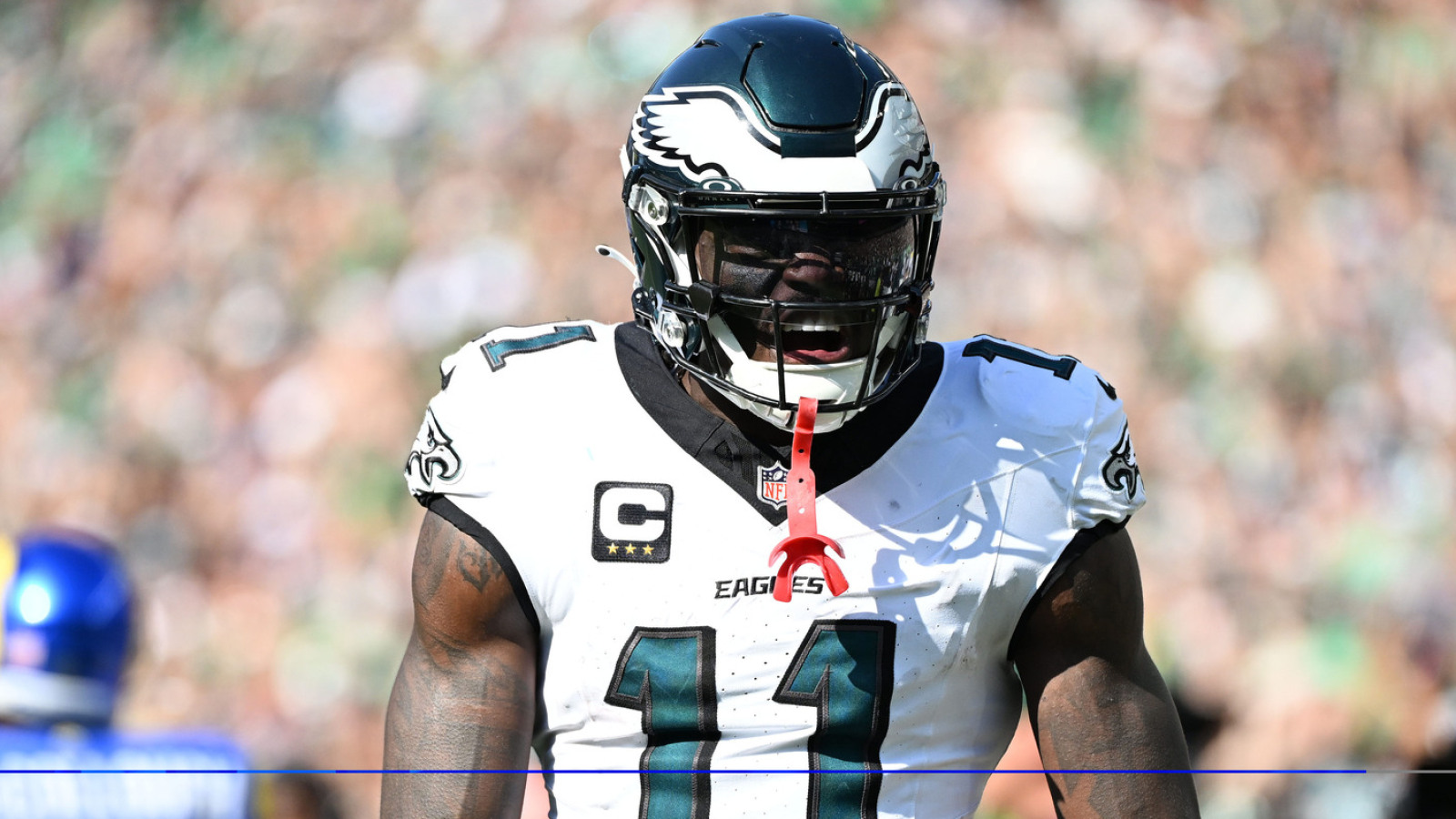
If you look at our picks for the best TVs you’ll see that two technologies dominate: OLED and mini-LED. Both offer incredible picture quality and are the cutting edge of TV tech. As great as they both are, they each have particular strengths and weaknesses that might make one better than the other for your home. So if you use your TV for mostly watching movies, playing games, watching sports or a mix of everything, you’ll want to check out the pros and cons of each tech to figure out which you should get.
While all TVs can show all kinds of content, of course, OLED has better, deeper black levels while mini-LED is often brighter. Both will look better than older LED and even many modern QLED TVs. Weighing their pros and cons, and keeping price in mind, is key. This guide should help you figure out what’s best for you.
Read more: Putting the ‘Q’ in QLEDs: Where Quantum Dots Are Made
Looking ahead
Right now, OLED and mini-LED are the cutting edge of TV technology. They offer incredible image quality, but there are other technologies on the horizon that have the potential to be even better. The first is direct-view quantum dots, aka NanoLED. These skip LED and OLED completely, using just quantum dots to make up an image. The tech is promising, with the potential for incredible picture quality. It’s still in the development stages, though, so don’t expect it for a few years. We’ve seen some behind-the-scenes research as well as some working prototypes.
The other is MicroLED. Right now this tech is exclusively in the giant display realm — and it is available now if you’ve got the cash — but is more of a projector replacement than a TV replacement. With typical LED LCDs there are somewhere between a few dozen and a few thousand LEDs which create light which illuminates the image. With MicroLED, each pixel is an LED, so this means there’s millions of them. As the tech matures it’s possible we’ll see more TV-sized MicroLEDs (if “TV sized” means 100 inches to you). In addition to being quite expensive it’s also energy intensive so, like NanoLED, don’t expect a 65-inch MicroLED to compete price-wise with OLED and mini-LED anytime soon.
In addition to covering cameras and display tech, Geoff does photo essays about cool museums and other stuff, including nuclear submarines, aircraft carriers, 10,000-mile road trips.



